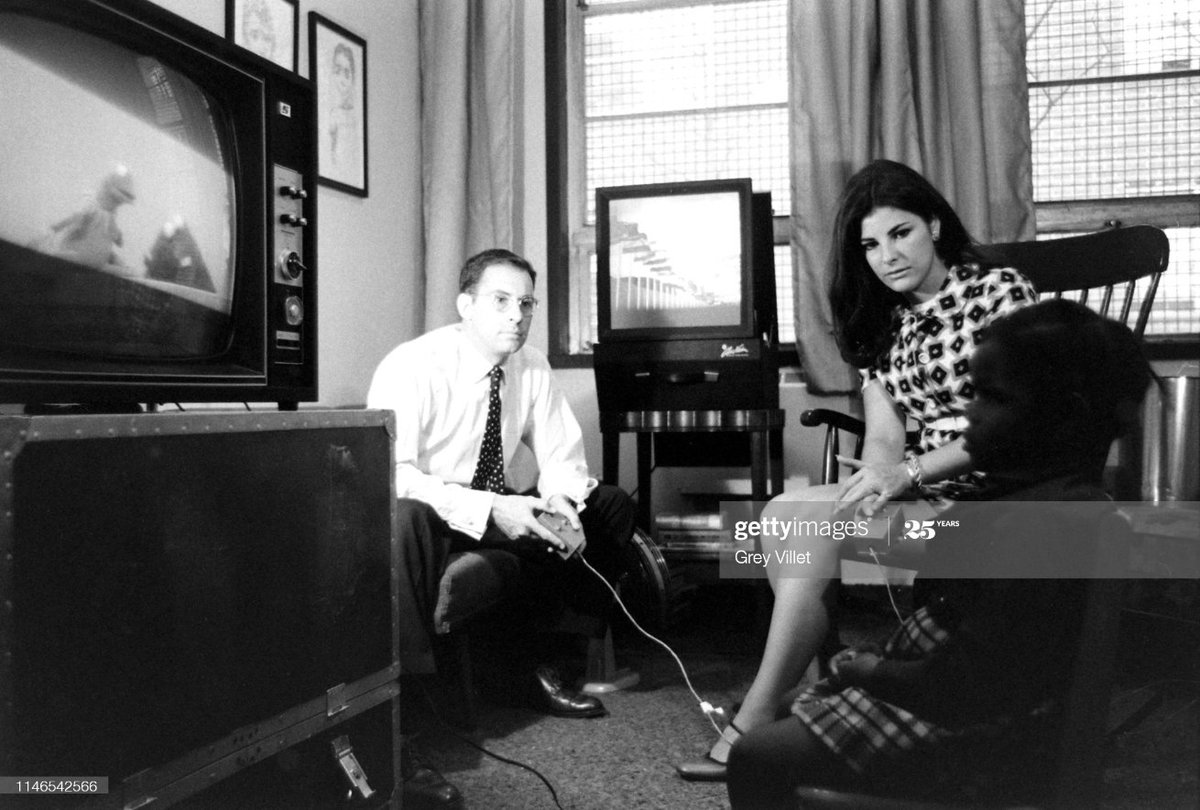Many years ago I had the wonderful opportunity to visit the British Library in St Pancras - back stage, behind the scenes. It was amazing; if you ever get the chance, go immediately.
What was most extraordinary, to me, was not the floor after floor of seismically-shielded stacks, descending into the nether regions of the Earth, nor the (admittedly awesome) robotic conveyor system which moves stuff around. No, it was the preservation rooms.
In some of these rooms people are working on centuries-old incunabula, prising open and preserving ancient codexes, x-raying papyri and recoloring books not opened since the middle ages.
In others they were piecing together and listening to shellac disks, some of the very earliest sound recordings; and in still more they were figuring out how to retrieve, convert, and re-store data from CDs and magnetic media just a few decades old.
And at some point I had this vision of the great bonfire at the end of time, and how there's this conveyor belt moving towards it, filled with everything we've ever made: every word, every image, every artifact of culture and society, getting closer to the fire all the time.
And the job of places like the Library, of most institutions, and of a significant part of culture, is to keep shoving everything back, away from the fire, to find ways to restore and revive and convert it so that it stays accessible and meaningful and useful and beautiful.
And the job of the rest of the culture is to come up with new things to put on the conveyor belt, making that work so much harder. Sorry.
So on the one hand there's a duty on creators to make that job a little easier, to think about how things will be preserved, sustained, managed, passed on. That matters a lot. That's a whole other thread.
But the fact that it's difficult, the fact that it's a source of tension between artists and institutions, between collectors and everyone else, between the art and the world, that it's a whole separate skillset and discipline to creation, should tell us something very important.
Life is short, art is long, as dear old Hippocrates said. But it's not *that long*.
The point of art is not that it survives. It's not that it will exist years hence, nor that it will be collected or owned or preserved.
Art itself has no relationship to linear time *whatsoever*, and that strikes deeply into any condition of ownership or property, and any notion of judgement or value. Those things are temporal.
Rather, art exists outside of time, with the express purpose of taking us outside of time with it. To reveal, from unexpected angles, the things which do not and cannot fit into established timelines and temporal (social, political, technological, cognitive) frameworks.
So forms of art which are predicated on the existence of markets, commercial value, critics, museums, collections, private property etc etc are dead. Dead art, dead signs, dead gestures, dead ideas. And there's enough death about already.
We ourselves cannot escape time, but we can launch these little bottle rockets out of the slipstream now and again, and that's the glorious thing about it all. Lose sight of that and you lose everything.
To summarise: No cops, no jails, no bloody blockchains, and absolutely NO LINEAR FUCKING TIME.
And that's all I have to say about that.
• • •
Missing some Tweet in this thread? You can try to
force a refresh






